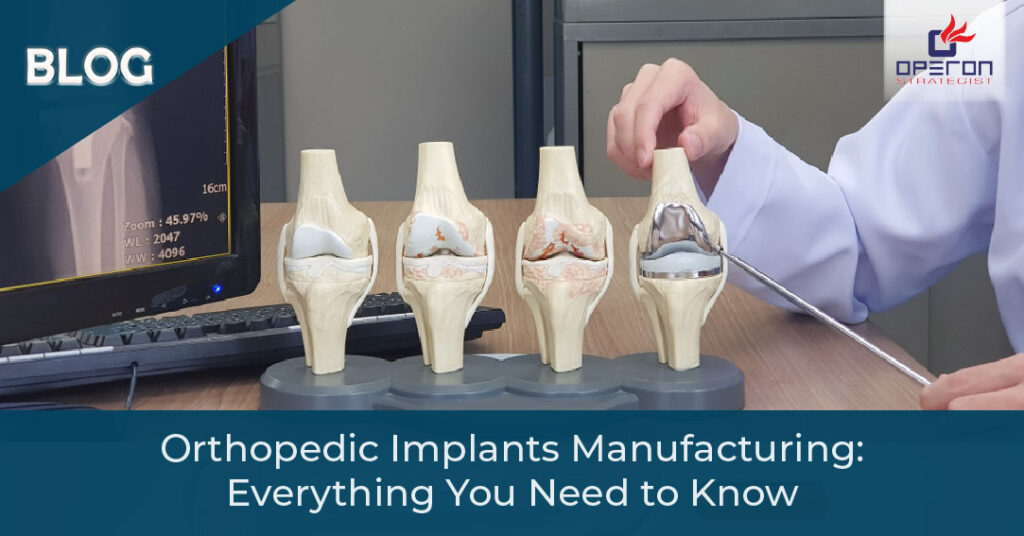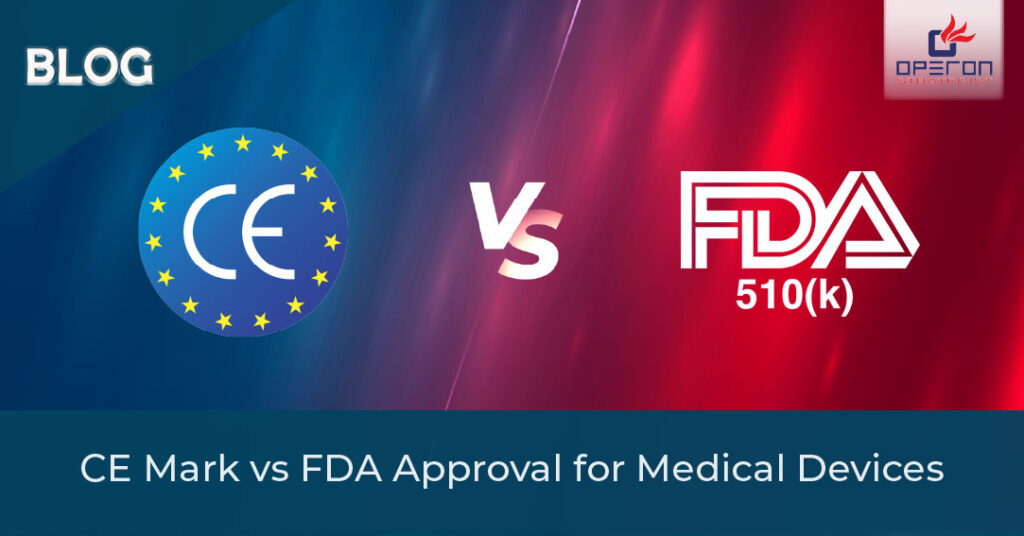
The US medical device market presents vast opportunities for manufacturers worldwide. However, entering this highly regulated market requires a clear understanding of FDA Medical Device Classification. Classification is the first and most essential step in the FDA regulatory pathway, as it determines the submission type, compliance burden, and testing requirements.
For medical device manufacturers, startups, and importers/exporters, incorrect classification can result in extended delays, regulatory setbacks, and significant financial losses. This blog provides a comprehensive overview of the FDA medical device classification system, its impact on regulatory pathways, and how expert support from regulatory consulting firms like Operon Strategist can ensure compliant and efficient market entry.
Understanding FDA Medical Device Classification
The US Food and Drug Administration (FDA) classifies medical devices into three categories—Class I, Class II, and Class III—based on their intended use and the level of risk they pose to patients or users. Each classification corresponds to specific regulatory requirements to ensure the safety and effectiveness of the device.
Class I – Low Risk Devices
Class I devices are subject to General Controls, which include:
- Establishment registration
- Device listing
- Good Manufacturing Practices (GMP)
- Proper labeling
Most Class I devices are exempt from premarket notification (510(k)).
Examples: Tongue depressors, elastic bandages, manual stethoscopes.
Class II – Moderate Risk Devices
Class II devices require Special Controls in addition to General Controls. Most of these devices need FDA 510(k) clearance, which involves demonstrating substantial equivalence to a legally marketed predicate device.
Examples: Infusion pumps, thermometers, powered wheelchairs.
Class III – High Risk Devices
Class III devices support or sustain human life, are of substantial importance in preventing impairment of human health, or present a potential unreasonable risk of illness or injury. These devices typically require Premarket Approval (PMA), a more rigorous process than 510(k).
Examples: Implantable pacemakers, artificial heart valves, deep-brain stimulators.
Importance of Accurate Medical Device Classification
Correct classification is fundamental for:
- Defining the regulatory pathway (510(k), PMA, De Novo, or exemption)
- Estimating review timelines and resource planning
- Determining the extent of clinical or performance testing
- Assessing documentation, labeling, and quality requirements
- Reducing chances of FDA rejections or delays
Misclassification can result in submission rejection or reclassification requests, delaying product launch and increasing compliance costs.
Key Steps in Determining FDA Classification
1. Identify Product Code and Regulation Number
The FDA Product Classification Database provides product codes, regulation citations, and classification details. This database should be the first point of reference for initial classification research.
2. Define Intended Use and Indications for Use
These elements help determine the device’s purpose and risk profile. The intended use must align with existing regulatory definitions and product codes.
3. Determine Predicate Device (for 510(k) Submissions)
For Class II devices, selecting an appropriate predicate device is crucial. The proposed device must be substantially equivalent to a legally marketed device in terms of intended use and technological characteristics.
FDA 510(k) and Classification Relevance
FDA 510(k) clearance is the most common submission route for Class II devices. It requires a comprehensive submission demonstrating that the device is substantially equivalent to a predicate device already legally marketed in the US.
Preparation involves:
- Device description
- Performance data
- Biocompatibility
- Sterilization validation (if applicable)
- Risk analysis
- Labeling
A clear understanding of classification ensures that the 510(k) pathway is appropriate and that the right predicate device is chosen.
Request Expert FDA Classification Guidance
Why Operon Strategist for FDA Medical Device Classification?
Operon Strategist is a leading regulatory consulting firm offering end-to-end support to medical device manufacturers targeting the U.S. market. With deep expertise in FDA requirements and extensive experience in successful submissions, Operon Strategist ensures a compliant, strategic, and efficient regulatory journey.
Key Advantages of Partnering with Operon Strategist:
Extensive FDA Submission Experience: Support provided for over 200+ successful FDA submissions, including Class I, Class II (510(k)), and Class III (PMA) devices.
- Regulatory Experts for the U.S. Market: In-depth understanding of FDA 510(k) process, FDA classification regulations, and 21 CFR compliance.
- Customized Classification Strategy: Each product is evaluated based on risk, functionality, and market objectives to determine the optimal regulatory pathway.
- Turnkey Consulting Solutions: From device classification, documentation, risk analysis, to QMS implementation, all aspects of regulatory compliance are covered.
- E-E-A-T Oriented Approach: Backed by Experience, Expertise, Authoritativeness, and Trustworthiness, Operon Strategist ensures clients receive credible, high-quality, and strategic support at every stage of the regulatory process.
Need Classification Support for a Medical Device?
Accurate classification is the foundation of FDA compliance. Rely on experienced regulatory professionals to evaluate, classify, and guide the device through the appropriate regulatory pathway with confidence.


